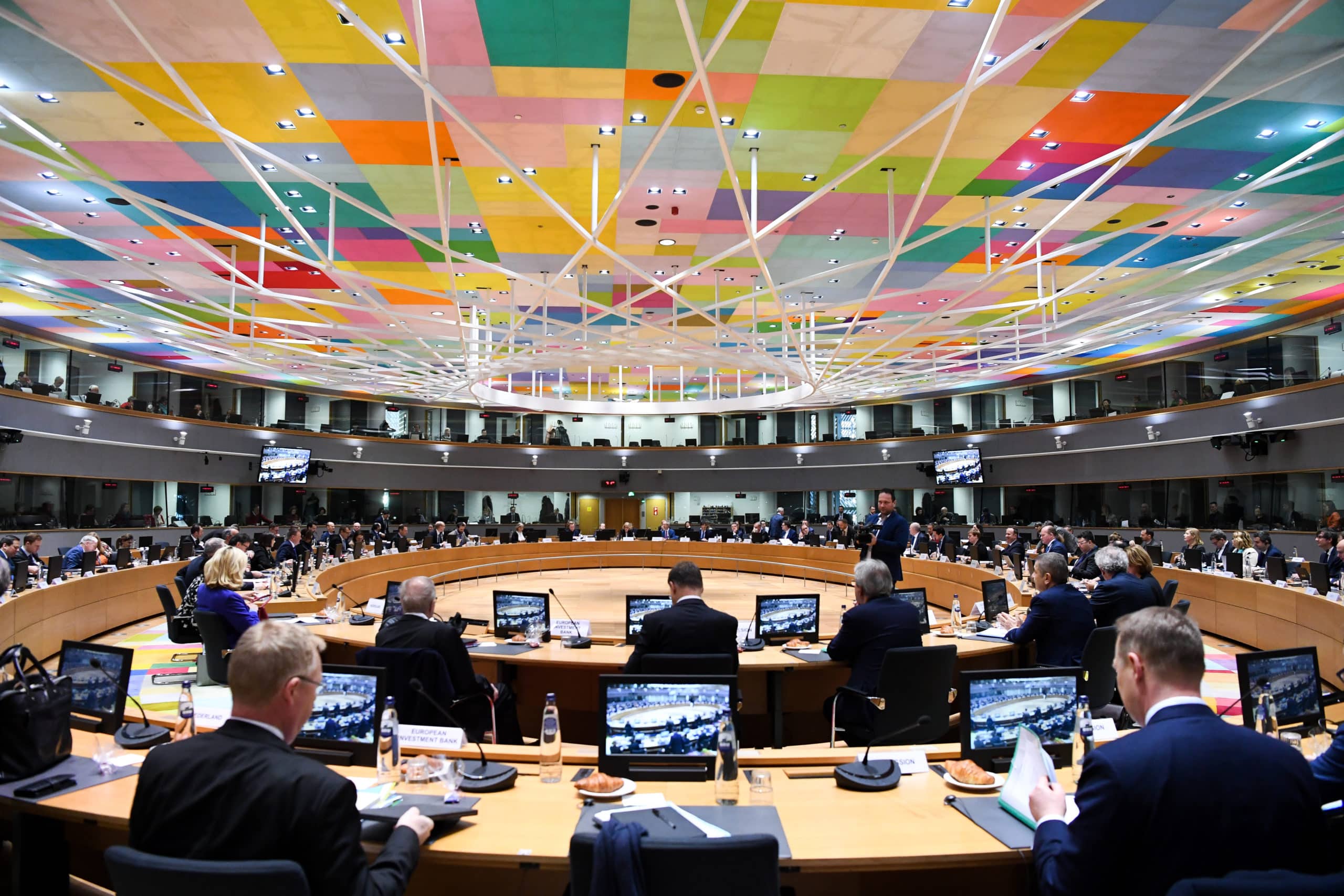What is the Presidency of the EU Council?
The European Union (EU) is an economic and political partnership between 27 European countries. The EU operates on a rotating presidency system, in which each member state holds the presidency for a six-month term. During this term, the country holding the presidency chairs meetings of the EU Council, which is made up of the heads of state or government of all member countries. (See here for the difference between the different EU institutions). That should make EU presidency monitoring a priority for any public affairs professional in Europe already.
The country holding the presidency also sets the agenda for these meetings and represents the EU on the international stage.
The current EU presidency calendar is as follows:
- Sweden January – June 2023 (official website)
- Spain July – December 2023
- Belgium January – June 2024
- Hungary July – December 2024
- Poland January – June 2025
- Denmark July – December 2025
- Cyprus January – June 2026
- Ireland July – December 2026
- Lithuania January – June 2027
- Greece July – December 2027
- Italy January – June 2028
- Latvia July – December 2028
- Luxembourg January – June 2029
- Netherlands July – December 2029
- Slovakia January – June 2030
- Malta July – December 2030
The calendar was actually updated back in 2016 to reflect the UK’s Brexit decision and Croatia joining the European Union.
Historical Landmarks of the EU presidencies
One major historical policy achievement of the EU presidency is the establishment of the euro as the currency for 19 of the 27 EU member states. This was a significant step towards economic integration and has had a major impact on trade and investment within the EU.
Another major achievement was the creation of the Schengen Area, which allows for passport-free travel between 26 European countries. This has greatly increased mobility within the EU and has had a positive impact on tourism and business.
EU Presidency monitoring: What benefits?
Here are five reasons why monitoring the EU presidency is important:
- The EU presidency sets the agenda for meetings of the EU Council, which makes decisions on key issues affecting the EU.
- The country holding the presidency represents the EU on the international stage and can influence the EU’s relationship with other countries.
- The EU presidency can have a major impact on specific policy areas, such as trade, immigration, and foreign policy.
- Monitoring the EU presidency allows for a better understanding of the priorities and goals of individual member states and how they align with the goals of the EU as a whole.
- Being aware of the EU presidency can help businesses and organizations plan and adapt to potential changes in policy and regulations.
Overall, the EU presidency plays a crucial role in shaping the direction and decisions of the EU. Monitoring the EU Presidency can provide valuable insights into the priorities and goals of individual member states, as well as the EU as a whole. It can also help businesses and organizations anticipate and respond to potential changes in policy and regulations.
Policy-Insider.AI now includes the content of the dedicated EU presidency websites since 2022. Try it out for free here or at our partners from Euractiv Intelligence. If you are unsure about the use of automated policy monitoring, read our ultimate guide to policy monitoring apps.


